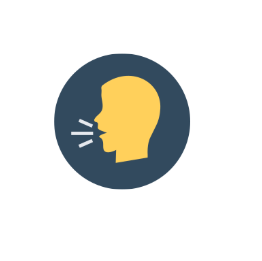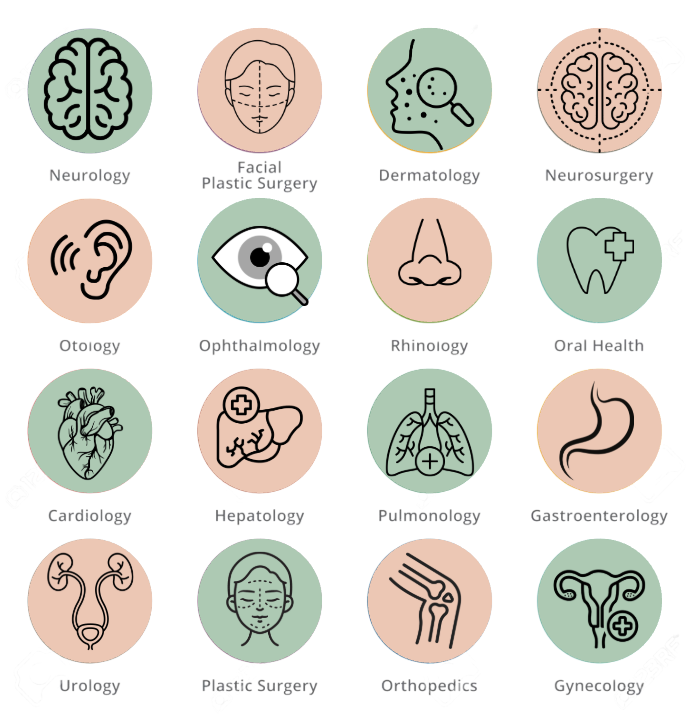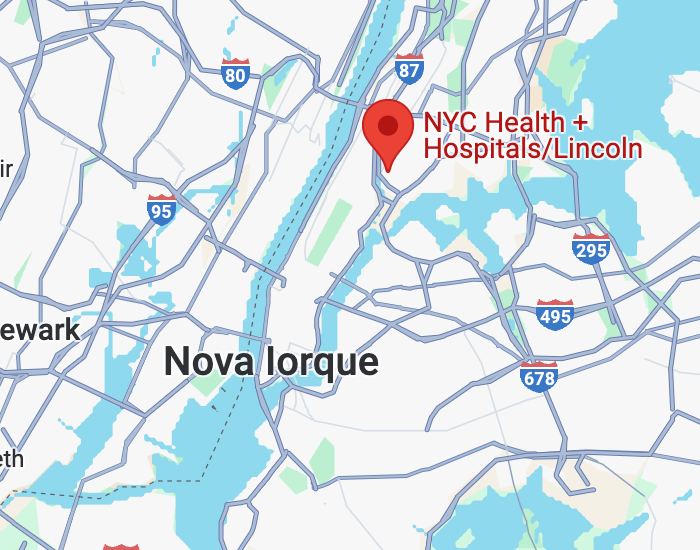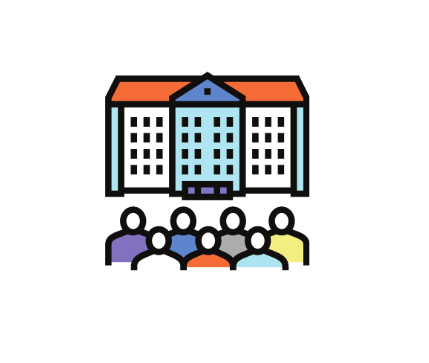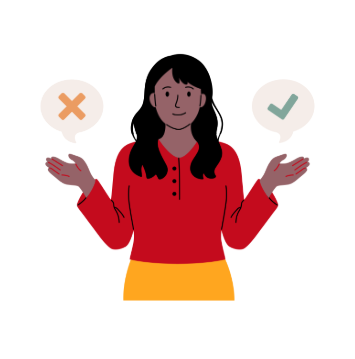Our Community Director, Dr. Avelin, just shared her experience from her first day as an observer during her USCE/clinical rotations in the US! She shared some amazing and valuable tips that I’m sure will be helpful for you too!
So I was in the US this last week, enjoying a little bit of the summer with my family. This reminded me so much of summers as a kid growing up in the States, and how the whole culture shifts in those two months before school starts again. I’ve always loved school, so the first day of a new grade was always something I looked forward to. And this brings me back to the last “first day” I experienced lately – my first day as an Observer, in 2022.
I went to the Harrington Program as part of a partnership the University of Miami has with my Medical School, and I was so excited to be a part of the General Pediatrics Red Team. At this point I was already a Scrubs Community student, so I knew what to wear and what to look forward to during a rotation, so I wasn’t too nervous – the nerves came later. I was instructed to meet the team for “sign-off” at 6am sharp, and was already pacing the hallways at 5:45. Here came my first hiccup: the chief resident had given me the wrong code that opened the Red Team’s room! That is when the nerves set in: what if I was in the wrong room? Who could I call to help at barely 6 in the morning? What if they were all in the room expecting me and I didn’t show?

I walked the halls and tried not to panic, and suddenly God send me a sign in the form of a nurse, who helped me find my way to a very tired resident who was finishing her shift and finally let me into the room. By then it was 6:00 – and I was the very first one there. By the time the first resident came in I had stopped sweating and was able to introduce myself. This is a great tip by the way: if you can, try to be the first one to arrive on your first day. It is so much easier to introduce yourself to one person and have them introduce you to the rest of the team then to introduce yourself to a room full of people at once.
By 7am I had already met the whole team: a PGY3, a PGY2, two interns, one Sub-I and 3 medical students. Another tip: if you can, befriend the medical students! They are the ones who can help you get the secure wi-fi password, will show you where to eat lunch and where to sit, especially if your residents are particularly busy that day as mine were. We divided up “the list” (the patients assigned to that team) and everyone proceeded to pre-round on their patients. I was assigned as a “shadow” to our senior resident, who showed me how everything was done and informed me that the following day I could have my own patients if I’d like.

By the time our attending that week came around, everyone was ready to discuss our patients with him, and I asked if I could present the patient I had seen that morning – he said yes! Another big tip: practice case presentations as much as you can!! I, for one, did not, and was mortified when I got called out by my attending with the following question: “I’m sure you are very good wherever you came from but how can I trust you when you say that this CBC is normal when I don’t know what normal looks like for you?”. After I picked my self up from nearly dying of humiliation I knew I had to brush up on Case presentations and was SO grateful for the Scrubs Lessons on them. Really guys, learn how to present cases before you go. Also, that attending turned out to be a very sweet doctor who helped me a lot, so one more tip: feedback is different than criticism. When someone gives you feedback, they’re doing it to help you and not to hurt you – so do not take it personally. Use whatever they said to to help you grow andmake you a better doctor!
After rounds, I was nearly dying of starvation, and quickly realized that lunch for Americans is not the same, as lunch in Brazil: no 1 hour lunch breaks in the US! Most people go quickly to the cafeteria and a lot of people have lunch at their computers while they catch up on whatever charting or bureaucratic work they still had from that morning. So be prepared people: choose things that you can eat fast, or even on the go. For me, that meant bringing a lunch box full of healthy snacks and a quick-lunch that my roommates packed for me (their observers started later than mine so they saved my life by always having food ready at home). If it weren’t fro them I’d probably live by the vending machines, which is not…. Ideal. So be organized, meal prep during the weekends and make your weekday life easier if you are in a demanding rotation like I was!
I stayed until around 5pm, when my senior resident specifically told me that there was nothing else for me to do and that I was better off going home. After a 12 hour-long first day, I could not love that resident more. Also, I was so tired from speaking and thinking and writing in English all day long, I could barely remember my own name anymore. I remember taking the bus home that day and asking myself: is this really what I signed up for? Is this really what I want to do? I was ready to give it all up at that point, I felt like there was no way I could ever be as good as the other medical students or that I could catch up to the team. I told all of this to my roommates during dinner, and then proceeded to hear how their first days had been. Surprise surprise: pretty similar to mine. Right then and there we all decided to stick it out and to become the best students we could be.

For the following weeks we got up really early, we meal-prepped, we quizzed each other on case presentations, talked about differential diagnoses, studied together and helped each other as best we could. Before we knew it a month had gone by, we had made a bunch of new friends, we ourselves were entirely different people! By the time I left the Red Team everyone felt like old friends, and I was the one showing the new med students where they should sit and the correct code to open the doors.
So yes, my first day was hard. It was challenging, and new, and at points I felt so discouraged.
But it’s like I had always heard at Scrubs and all of us still do: hard work pays off.











